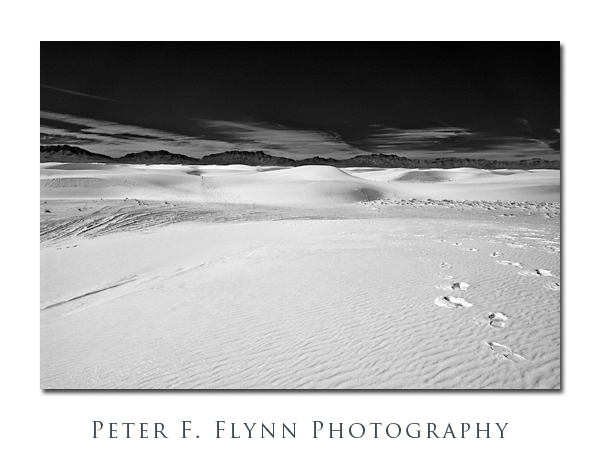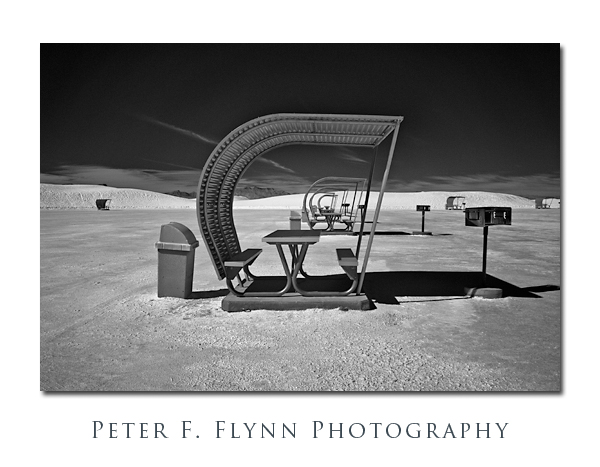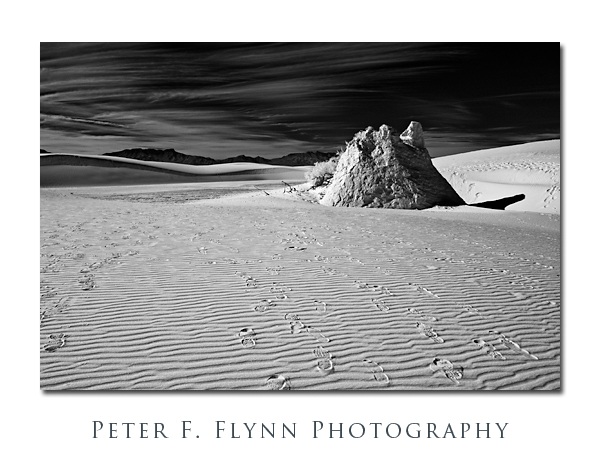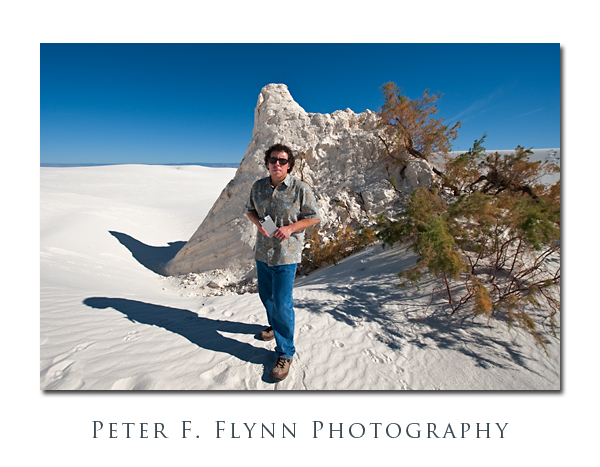 When I was invited to present the group research at the Southwest Regional ACS meeting, I jumped at the opportunity, knowing that it would be an excellent opportunity to share results. I also recognized that this would be an excellent chance to explore the extreme southern corner of of the southwest. The region has for good reason acquired mythic status, with unparalleled natural beauty juxtaposed with the history of atomic weapons development, and alien invasion. What area can compete with this roster of weirdness?
When I was invited to present the group research at the Southwest Regional ACS meeting, I jumped at the opportunity, knowing that it would be an excellent opportunity to share results. I also recognized that this would be an excellent chance to explore the extreme southern corner of of the southwest. The region has for good reason acquired mythic status, with unparalleled natural beauty juxtaposed with the history of atomic weapons development, and alien invasion. What area can compete with this roster of weirdness?
The image above of gypsum dunes with the San Andres Mountains in the distance was recorded on November 6, 2009 at 12:15 MST, using the Nikon D200 converted to IR and the AF-S DX NIKKOR 10-24mm f/3.5-4.5G ED at 17mm (25mm FX equivalent). Exposure was f/16 and 1/80s, ISO 200. The image was recorded near the Heart of the Sands picnic area.
It’s not on the way to anywhere… Again, perhaps for good reason. The White Sands Missile Range (WSMR); which entirely encompasses White Sands National Monument (WSNM), is the largest military installation in the US. WSMR is the home of the ultimate big boom, and the Trinity Site* was host to the detonation of the first weaponized nuclear device. We should remember the date…July 16, 1945.
 There are two large picnic areas in the Monument. Each is abundantly populated with corrugated aluminum shelters. There were no picnickers on this afternoon, and I really gotta wonder… This image was recorded at 12:30 MST, using the Nikon D200IR and the AF-S DX Zoom-NIKKOR 18-70mm f/3.5-4.5G IF-ED at 24mm (36mm full-frame equivalent). Exposure was f/16 at 1/80s, with an ISO of 200.
There are two large picnic areas in the Monument. Each is abundantly populated with corrugated aluminum shelters. There were no picnickers on this afternoon, and I really gotta wonder… This image was recorded at 12:30 MST, using the Nikon D200IR and the AF-S DX Zoom-NIKKOR 18-70mm f/3.5-4.5G IF-ED at 24mm (36mm full-frame equivalent). Exposure was f/16 at 1/80s, with an ISO of 200.
But about the monument itself… The ‘white sand’ is actually not sand at all, but in fact gypsum (calcium sulfate dihydrate). Unlike silicon dioxide (silica) which is clearly not soluble in water, gypsum is, and thus large surface bearing gypsum deposits are exceedingly rare. The difference is obvious the instant you get into the monument. I’m pretty certain you can actually taste the salt in the air, and of course the feel of the terrain is quite unlike that of sand dunes – much firmer. The monument lies within the Tularosa Basin, which like the Great Salt Lake, and other areas within the great basin region, has no outlet to the sea. Thus, gypsum dissolved by rain falling from the surrounding San Andres and Sacramento Mountains becomes trapped within the basin, and the solution collects in pools that eventually deposit the crystalline form of gypsum, known as selenite. Shores of white sand in a desert basin.
 The image above was recorded 13:30 MST, using the Nikon D200IR and the AF-S DX NIKKOR 10-24mm f/3.5-4.5G ED at 19mm (28mm FX equivalent). Exposure was f/16 and 1/60s, ISO 200. The castle-in-the-sand in the upper right of the image results from the presence of plants (Salt Cedar in this instance), which produce root structures that hold water and therefore bind gypsum. Some of these are very large – the one in the image was about 20 ft tall.
The image above was recorded 13:30 MST, using the Nikon D200IR and the AF-S DX NIKKOR 10-24mm f/3.5-4.5G ED at 19mm (28mm FX equivalent). Exposure was f/16 and 1/60s, ISO 200. The castle-in-the-sand in the upper right of the image results from the presence of plants (Salt Cedar in this instance), which produce root structures that hold water and therefore bind gypsum. Some of these are very large – the one in the image was about 20 ft tall.
So, is that sand/gypsum really white? As you can see for yourself in the self-portrait of the artist, it is very white indeed!
Finally, a statement from the bully pulpit… I realize that Highway 70 and WSNM are both inside of the WSMR, but I object to the presence of the US Border Patrol Station located a mile or so east of the entrance to the monument. Inside the borders of the country, it is simply unacceptable to be asked whether I am a citizen, and having answered in the affirmative, to be asked my reason for being at a particular place, my destination, the origin of my journey, and several other questions that are of no reasonable interest to US Border Patrol. Does anyone really think that an inland Border Patrol Station is quite what Thomas Jefferson had in mind when he suggested that ‘The price of freedom is eternal vigilance?’ Nah, I think Benjamin Franklin stated the concern regarding internal security most clearly long ago, ‘They who can give up essential liberty to obtain a little temporary safety, deserve neither liberty nor safety.’ The voluntary compromise of our freedom is far more dangerous than any attack our enemies might conceive. Right, I did say that it was ‘mostly’ on matters of photography…
* The precise origins of the name Trinity Site are lost to antiquity, but our best guesses reveal the complexity, and ultimately, the sadness of the main protagonist, J.R. Oppenhemier. Much has been written about Oppenheimer and his relationship with Jean Talock, interested readers will find much to indulge their curiosity…
